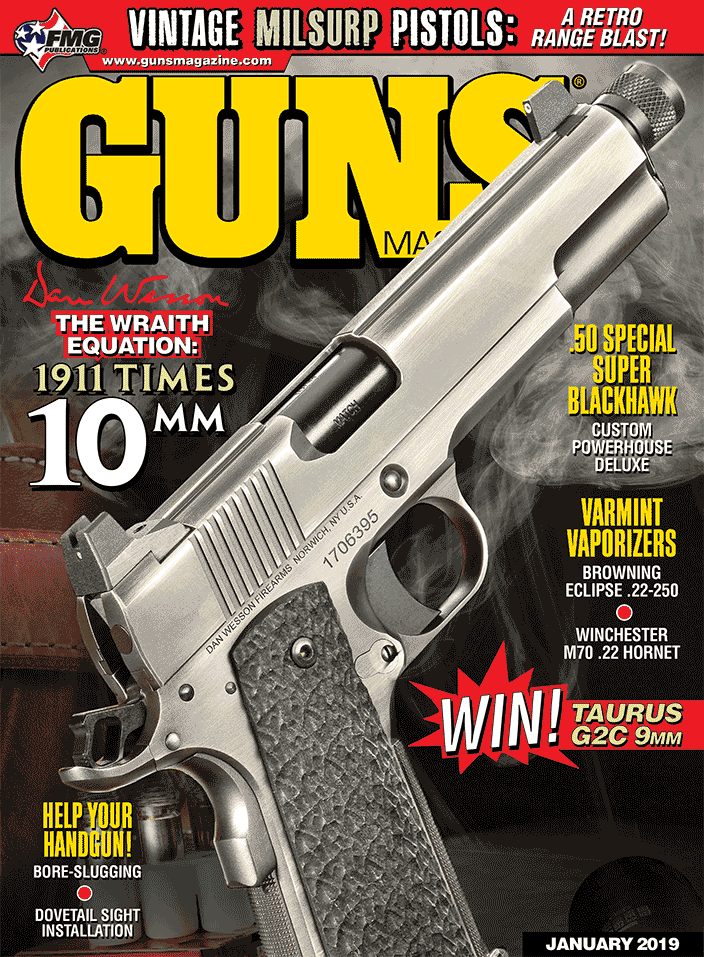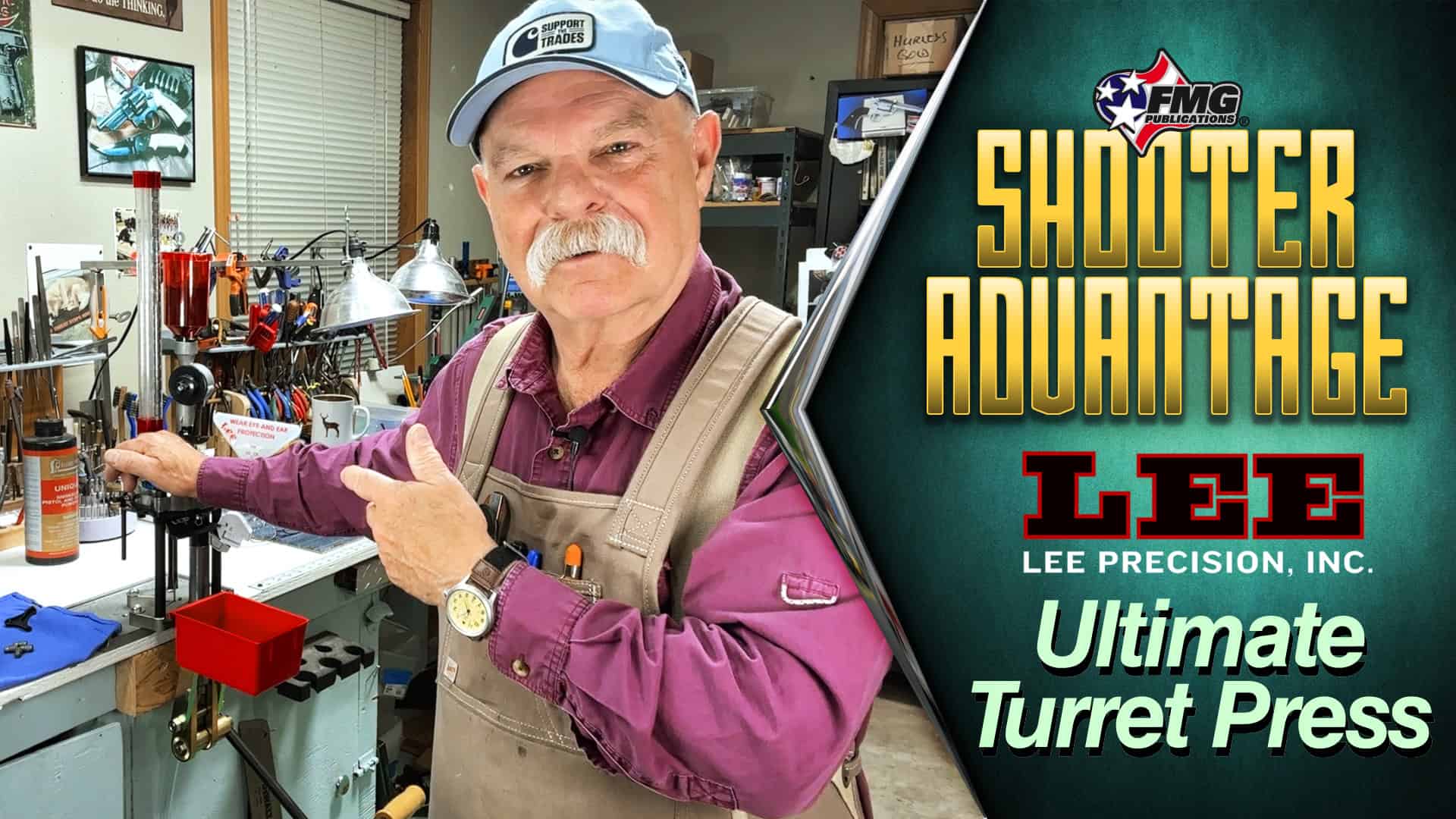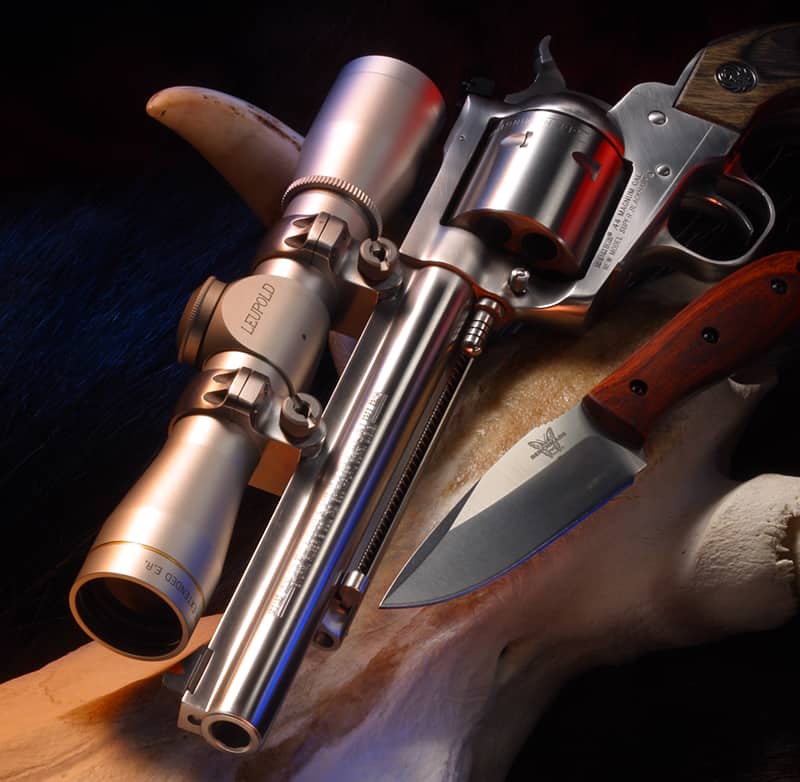Retro Fever Part 2
If You Build It: Parts, Prototypes, Possibilities...
What Glen always wanted he built for himself — a 603 M16A1, which incorporated all the changes in the experimental 603 and issued 604. This became the most-issued rifle and was there at the end of the Vietnam conflict.
Last time I took my own trip down memory lane with respect to my old “original” AR15s and — I hope — opened you up to the joys of early rifles for yourselves. This next is all about what to get and how to get it.
The military rifles were changing in a relative hurry since their start in 1959. Positive upgrades coincided with production orders such that deployment and development were ongoing concurrently. It’s honestly hard to say someone’s retro-rifle isn’t correct because “mismatched parts” were common. Colt’s first civilian rifle, the R6000, changed hardly at all until its demise in 1982.
So the first question to answer if you want to get closer to an original, is which original you’re wanting to get closer to? I’ll detail the major parts differences among the early mil-spec components, and research will show what your retro-rifle should and shouldn’t have to fill in any details. The parts sets for the models shown here are what most agree were the “standard” configurations.
Compare early- to later-style lowers and the standout difference is the “fence” around the mag button. Colt’s used this older “slab-side” on all its commercial guns until the much-later HBAR. These are both Brownells-branded.
601, 602, 603, 604
What are often shown as “early” rifles are actually prototypes that saw limited use. These are the ones with a “slab-side” lower receiver and brown (or green) plastic, and a few other details that only true collectors can point out (bolt catch details plus charging handle and buffer designs that died early). That rifle, by the way, was the “601.” Next was the “602,” which incorporated the first round of wholesale upgrades but could still be looked at as a prototype. It was deployed in what amounted to “test” batches to test markets, and many in other countries.
By my definition, the first “real issue” M16 was the “604,” usually referred to as the “USAF” M16 — first given to Air Force sentries. Then there was also the 603 (XM16E), a curious combination of older and newer parts. This was produced as a test-bed for later upgrades, although it saw action. It ultimately saw the most use later in its non-experimental model production — the 603 M16A1.
Here’s the only real difference between the A1 and current-style A2 lower (left): the A2 got reinforcement at the receiver extension tube receptacle.
The Attainable 604
Given what I’ve encountered in parts supply, the 604 is the easiest to replicate. The main thing is finding a lower. The older lowers had a “partial-fence” at the mag release (the “slab-side”). The 604 had the “A1”-style lower with a full-fence (the earliest had the slab-side, so it’ll work too). These lowers are both different from the current A2. Quality reproductions exist but can be sporadically available (limited runs). Likewise with uppers. The earlier guns — and commercial Colts — had a “smooth-side” upper and these are more plentiful than that same upper with forward assist. Neither had a shell deflector.
Note: The original lighter “Edgewater” buffer, also sporadically available, was in the 602 and the very first 603s, along with a buffer tube having no wrench flats. I still included these configurations here. Again: how close do you want to get?
The preceding is an adapted excerpt from Glen’s newest book America’s Gun: The Practical AR15, available soon. BuyZedikerBooks.com or ZedikerPublishing.com
Early smooth-sided upper and early forward-assist upper. The first is easiest to find new.
Parts List
• Bolt carrier group: chromed smooth or phosphate notched (there were also chrome notched early in the 603).
• Upper: smooth-sided or forward-assist (“teardrop” profile, not the modern round one).
• Lower: partial-fence (“slab-side”) or “A1” full-fence.
• Flash hider: 3-prong (earlier) or birdcage (later).
• Buttstock: A1-length (D-model) with solid buttplate (earlier) or trapdoor buttplate (later).
• Common parts: charging handle, flat Delta ring, pistolgrip, rear sight, front sight housing, barrel; all other parts are the same as today in fit and function — springs, pins, trigger, and so on. Well, with tiny-minor detail differences for collectors only!
Fulton Armory
(most all parts including originals)
Fulton-Armory.com
Fulton-Armory.com
Ph: (301) 490-9485
Brownells (most all parts)
Brownells.com
Brownells.com
Ph: (800) 741-0015
Young Enterprises (bolt carriers)
YoungManufacturing.net
YoungManufacturing.net
Ph: (623) 915-3889
RetroBlackRifle.com
(great detail source!)







